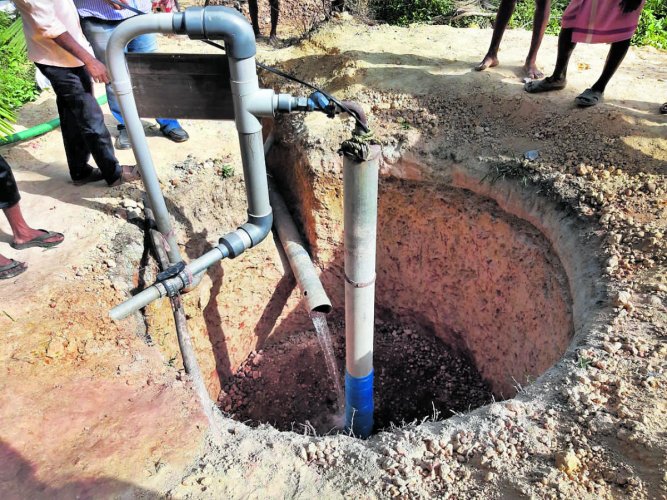
BENGALURU: A chemical analysis of groundwater in 73 villages of Karnataka found the presence of high and unsafe levels of Uranium concentration in 78 per cent of the areas. The analysis was done by the Divecha Centre for Climate Change, Indian Institute of Sciences, and the Centre for Advanced Research in Environmental Radioactivity, Mangalore University.
The World Health Organisation has recommended the upper safety limit of 30 micrograms per litre whereas India’s Atomic Energy Regulatory Board has set a higher limit of 60 micrograms per litre. The researchers surveyed the eastern region of the state and found that 57 villages have Uranium content of more than 30 micrograms per litre limit whereas 48 of the villages had even more than 60 micrograms per litre.
The scientists said that Uranium concentration was found even more than 1000 micrograms per litre at a village each in Tumakuru and Chitradurga districts. The condition was similar in five villages of Kolar and seven in Chikkaballapur district. Dr Subrata Das, Internal Medicine Specialist, Sakra World Hospital, said that the immediate effects of high Uranium levels include haziness of the mind, headaches, low-grade fever, vomiting, etc.
The study suggests that the high levels of Uranium are due to the decline of groundwater levels and geology of the state. Dr R Srinivasan, Lead Author of the study, said that Karnataka is dominantly made up of ancient granites, gneisses, etc. and is called hard rock terrain. He added, “In case of hard rocks, water accumulates in the depth in fractures and the tip of saturated zone is at the base of soil layer which constitutes the water table. Its thickness promotes the oxidation of Uranium in minerals.”

